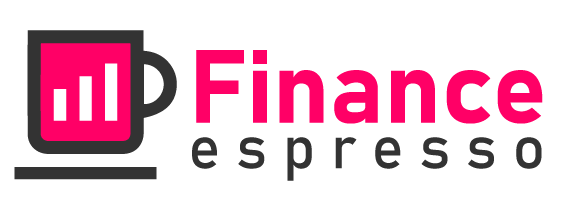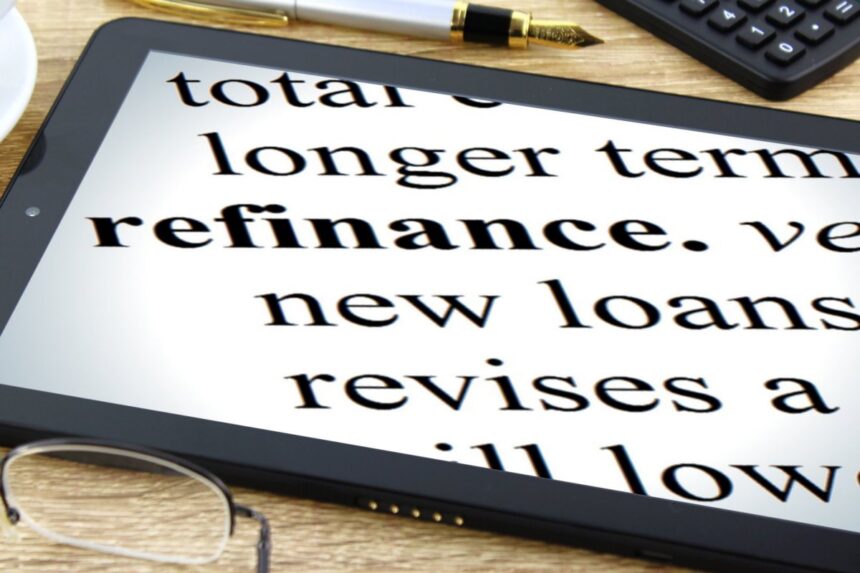Understanding Refinance Loans: An Advanced Guide
Do you feel overwhelmed when it comes to understanding refinance loans? With so many options available, it’s no surprise that many people struggle to break down and understand the complexities of refinancing. That’s why we’re here with an advanced guide to help you understand refinancing on a deeper level.
What is Refinancing?
In simplest terms, refinancing is the process of taking out a new loan to pay off an existing loan. Refinancing can help lower your interest rate, shorten or extend your loan repayment period, or change your loan type from an adjustable-rate loan to a fixed-rate loan. Understanding how refinancing works is the first step in determining whether or not it is the right option for you.
Types of Refinance Loans
There are several different types of refinance loans available that offer varying benefits. Before refinancing, it is important to understand the different types of refinance loans and their associated features.
- Cash-Out Refinancing: With this type of loan, the homeowner receives cash from the equity on their home when they refinance their existing mortgage. This cash can then be used for home repairs, debt consolidation, or other large purchases.
- Rate-and-Term Refinancing: With this type of refinance option, the homeowner seeks to establish a lower interest rate or change the term of the loan without taking any cash out of the equity. This is generally the more financially stable choice, as it does not add to your existing debt load.
- Home Equity Loan: A home equity loan is similar to a cash-out refinance, but instead of taking out a new loan, the homeowner takes out a second mortgage loan against the equity in their home. This type of loan is more flexible than a cash-out refinance, as there are no restrictions on how the money can be used. However, it is important to remember that a home equity loan will add to your existing debt load.
Advantages and Disadvantages of Refinancing
As with any financial decision, there are advantages and disadvantages of refinancing. Before making a decision, it is important to understand the positive aspects and potential drawbacks.
- Advantages: Refinancing can help you reduce your monthly payments, lower your interest rate, change from an adjustable-rate loan to a fixed-rate loan, reduce the total amount of interest you pay over the life of the loan, and more.
- Disadvantages: Refinancing can come with added costs, such as closing costs, origination fees, and appraisal fees. In addition, if you have a poor credit score, or if you have limited home equity, you may not qualify for the best refinance options.
Is Refinancing Right for You?
The decision to refinance your loan should not be taken lightly. Refinancing can be a great way to save money and adjust the terms of your loan, but it’s important to understand the risks before making a decision. If you are considering refinancing, it is always a good idea to speak with a qualified financial advisor or mortgage specialist.
It is important to evaluate your current financial situation, your goals, and the pros and cons of refinancing before making a decision. With the right knowledge and understanding, you can make an informed decision that is best for you and your financial future.

